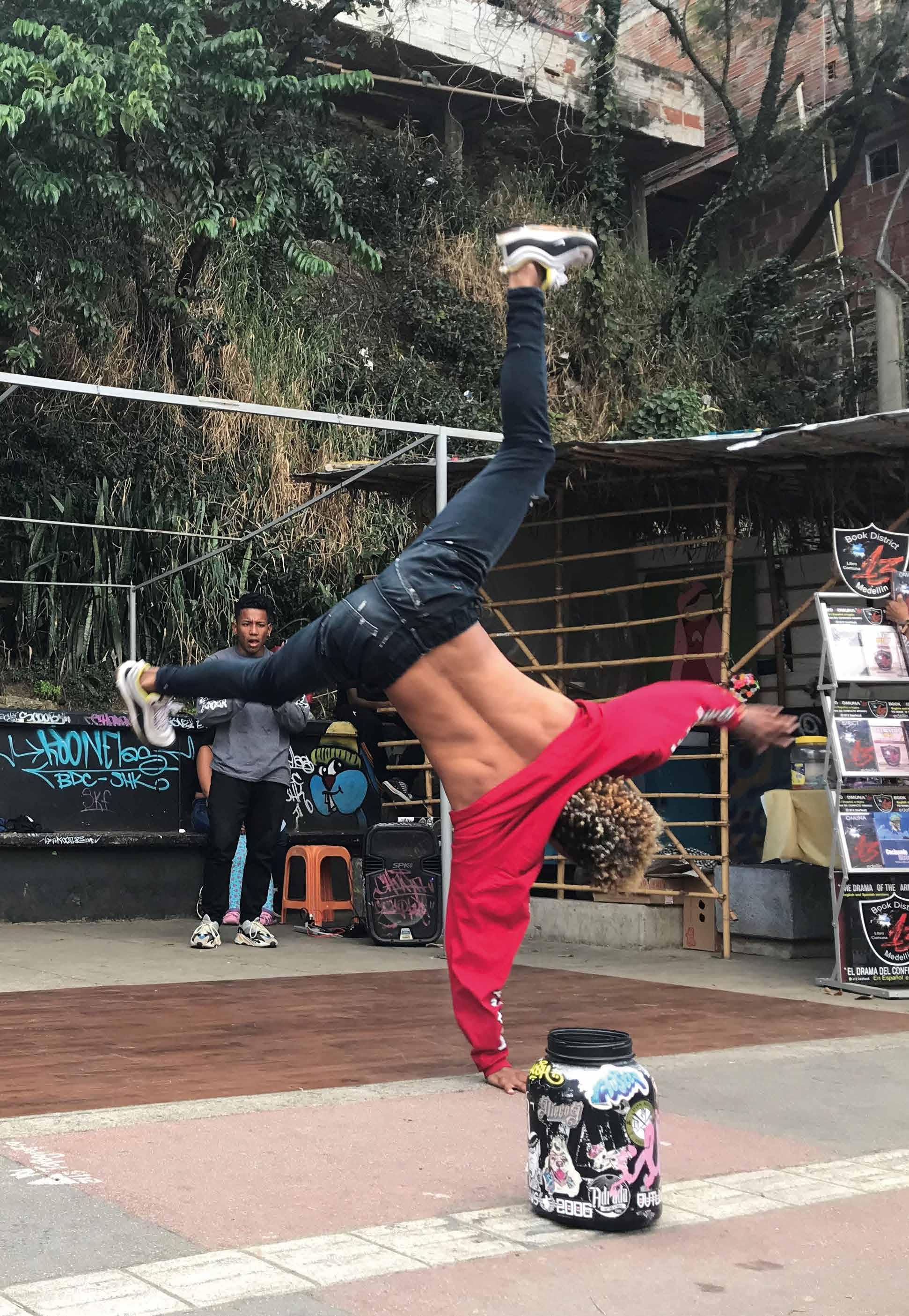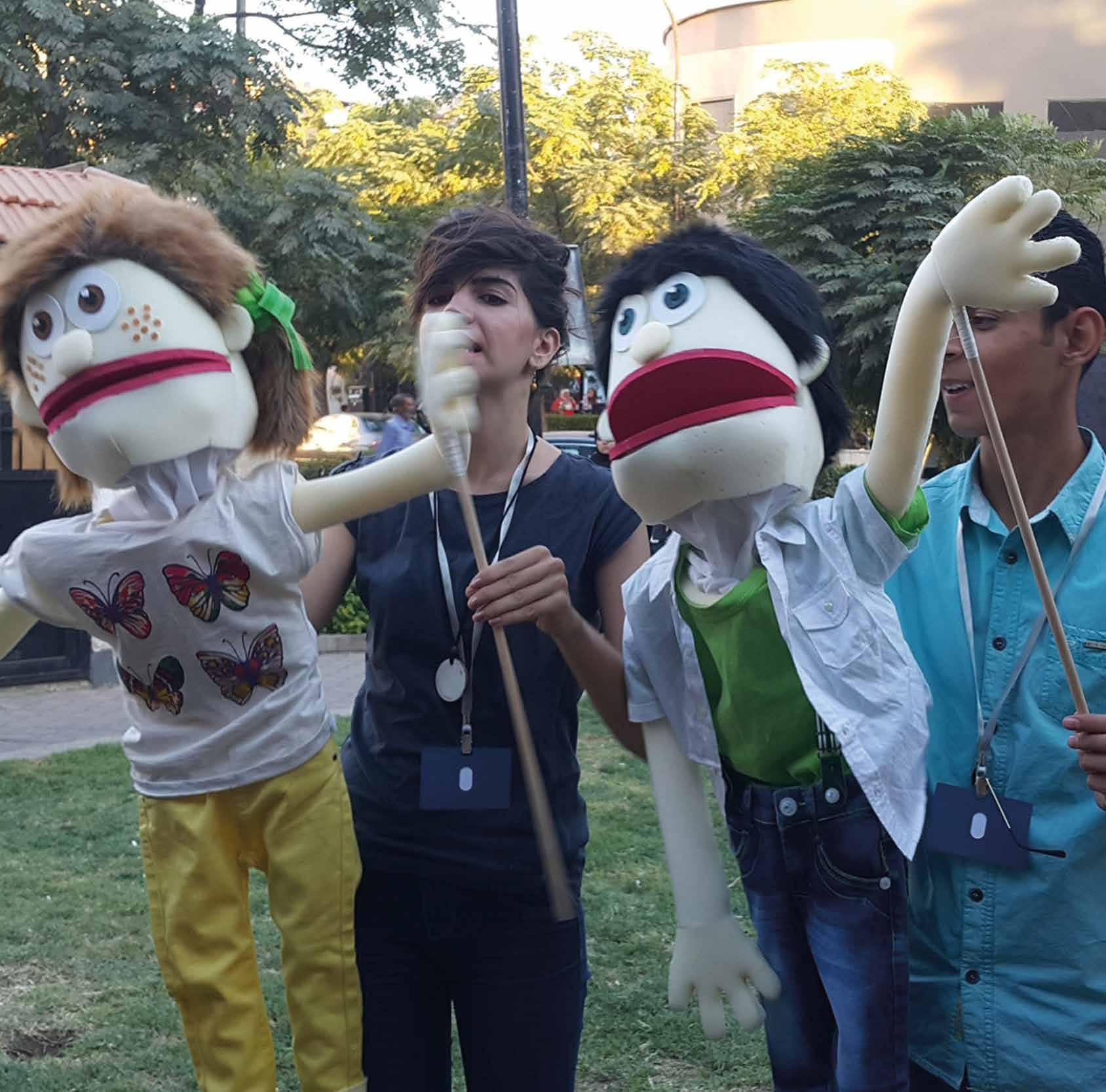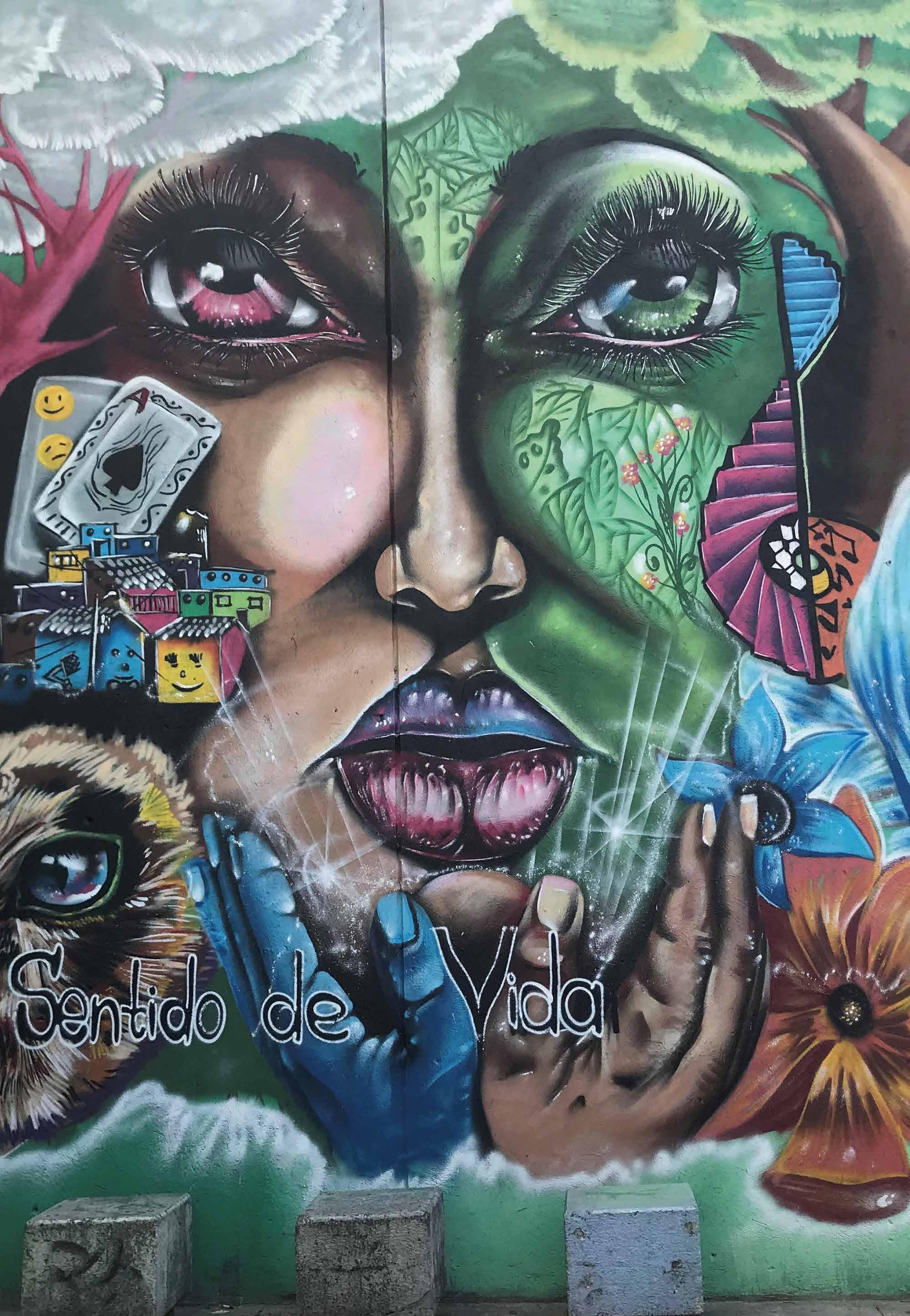
2 minute read
Conclusions and recommendations
from The Art of Peace
by ccse_uws
The arts and culture can play an important role in supporting the international community’s efforts to stabilise societies experiencing or recovering from conflict. Their power to speak to people on an emotional and intellectual level using their own cultural traditions means they have a unique ability to engage divided communities. While they alone cannot address deepseated issues of conflict, they can work as part of a spectrum of interventions linking security and development. The emerging evidence indicates that well-designed programmes can provide significant well-being benefits and promote shared identities in a way that can aid recovery efforts. However, further investment into evaluation and evidence is needed to provide a clearer understanding of how to harness the full potential of the arts for conflict prevention and recovery.
Recommendations
Advertisement
This report provides a number of recommendations to organisations like the British Council, and to cultural organisations and peacebuilding NGOs. Based on the commissioned research, these recommendations aim to increase the ability of the UK and the international community to harness the arts to benefit global security and stability. The British Council has adopted the recommendations below, and is working to implement them.
To the British Council
– Programme staff from across the organisation would benefit from training that enables them to value the role of arts and culture in conflict and their potential for supporting post-conflict recovery. – New theories of change should be devised that use arts and culture to support security and stability outcomes. – To underpin its new theories of change, the British
Council should commission further research to understand the role of culture in promoting inclusive development and resilience in conflict-affected and fragile environments. A recent review1 of British Council programmes’ contribution to SDG 16 on peace, justice and strong institutions is a step forward in this respect. The British Council should build on its existing measures to ensure that programmes are designed and implemented in a conflict-sensitive manner, understanding the particular role that culture plays in local conflict dynamics, and adapting its ‘Do No Harm’ policies accordingly. The mapping of arts and cultural programmes with security and stability outcomes undertaken in a recent review2 should be extended, and should be used to learn lessons, identify best practices, and inform the development of future strategies and programmes. Further consideration should be given to designing programmes that build resilience through a combination of the arts and sports programming.
To cultural organisations and peacebuilding NGOs
– NGOs should further examine the role of the arts and culture in conflict prevention, and test innovative and creative approaches in partnership with each other, or where appropriate with governments and international donors. – NGOs should share knowledge and evidence of what works, including with regard to the up-scaling of smaller projects and the transfer of projects to new contexts. – Programmes should focus on small steps, in areas such as confidence-building, skills training, self-expression, intergroup understanding and tolerance. – Programmes should be designed around local culture and cultural norms and delivered by local NGOs or other non-state groups. – Cultural programmes should be cross-cutting and focus on addressing social gaps, i.e. poor access to education and other social pathways; providing pathways to social enfranchisement; and reducing the space available to extremist groups by offering alternative cultural and educational opportunities. – Programmes that seek to promote intergroup understanding and defuse tensions should be based on shared culture and common values. – Developing the skills of local people and NGOs is important for project sustainability.






